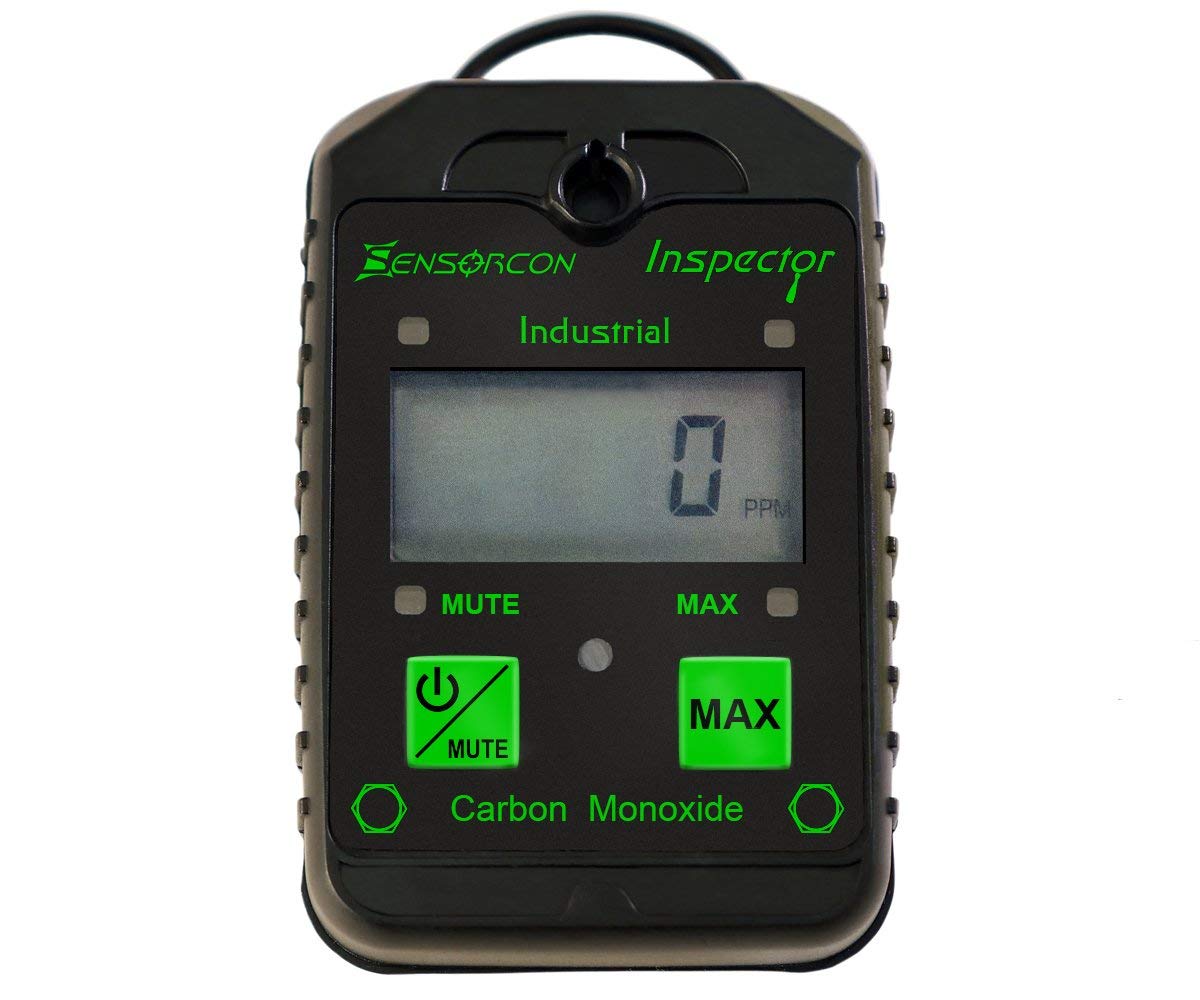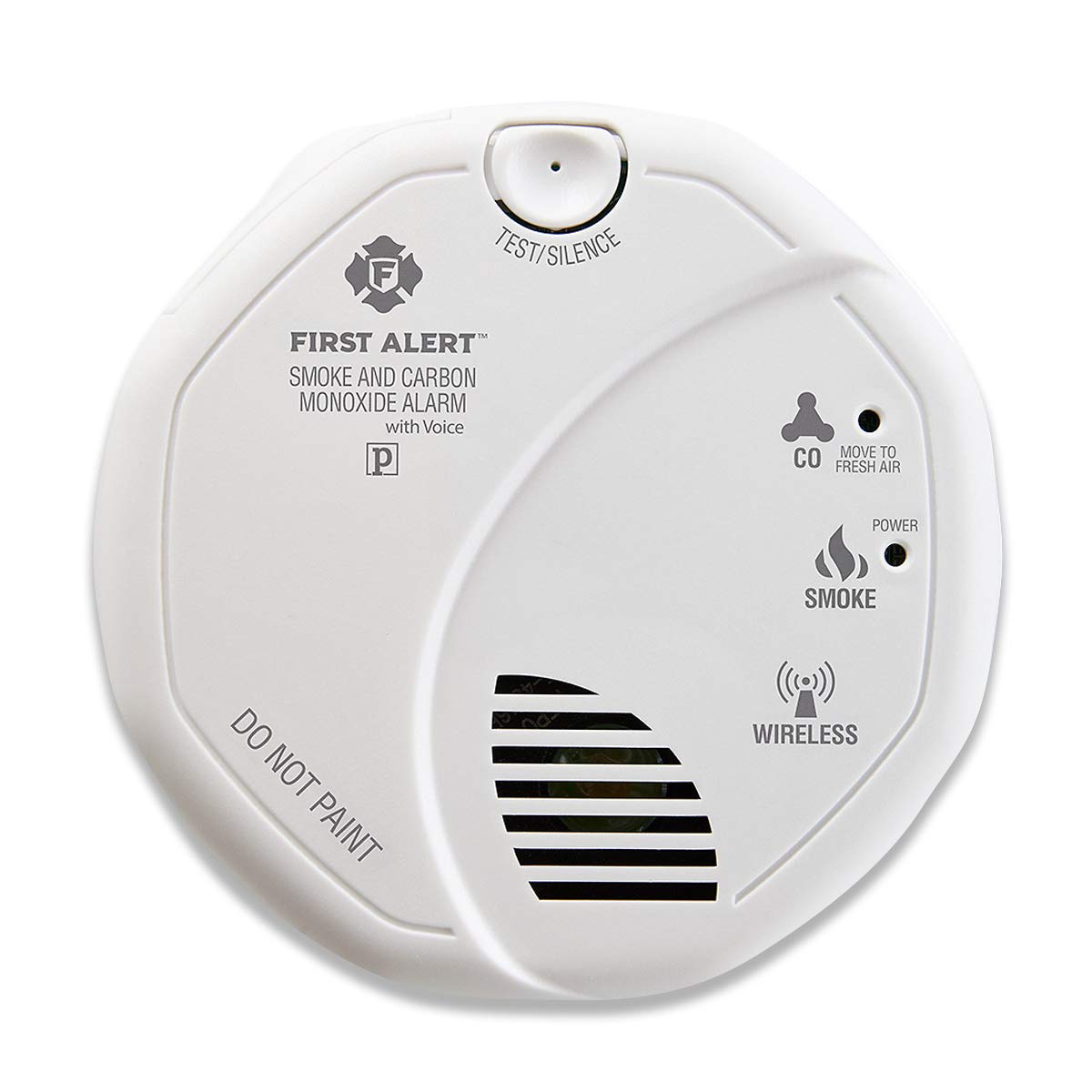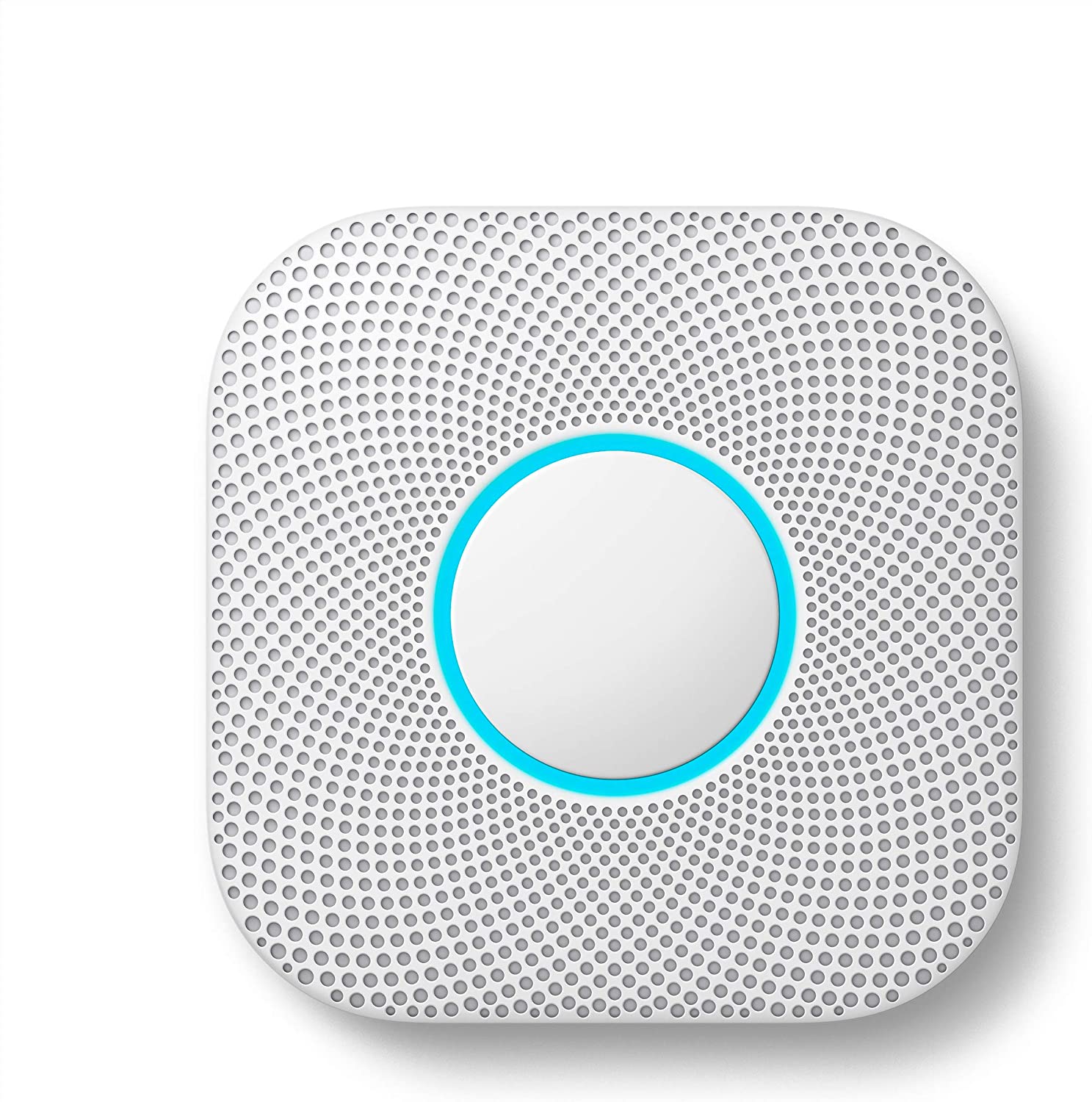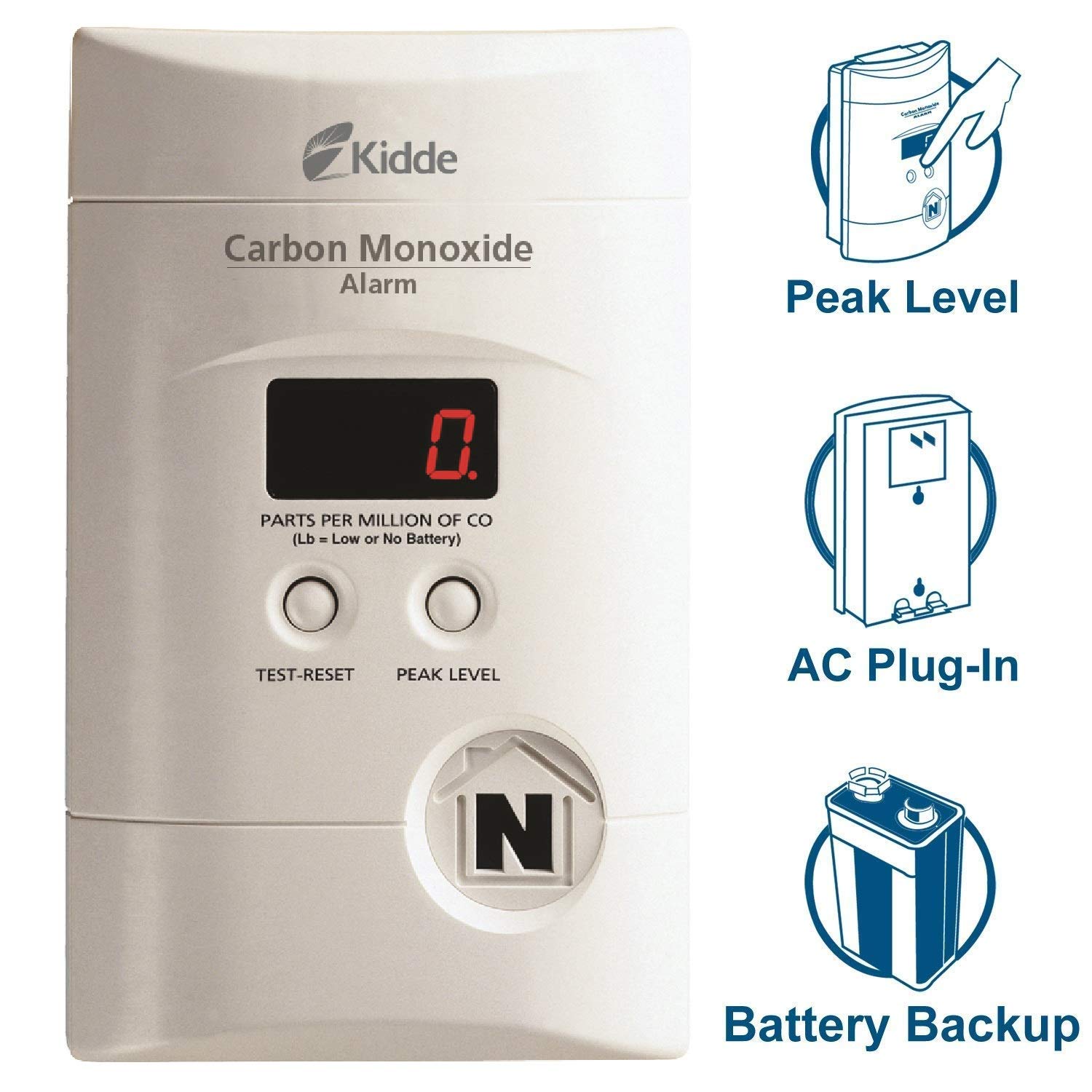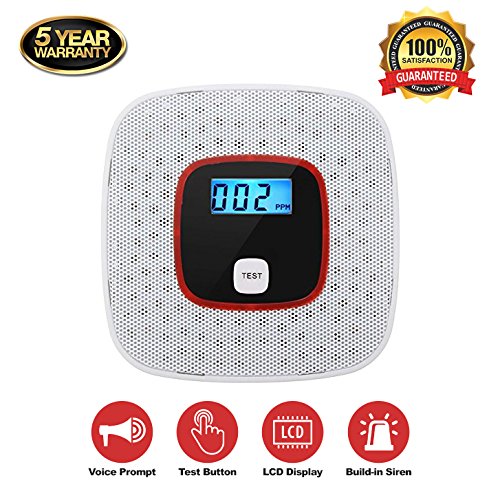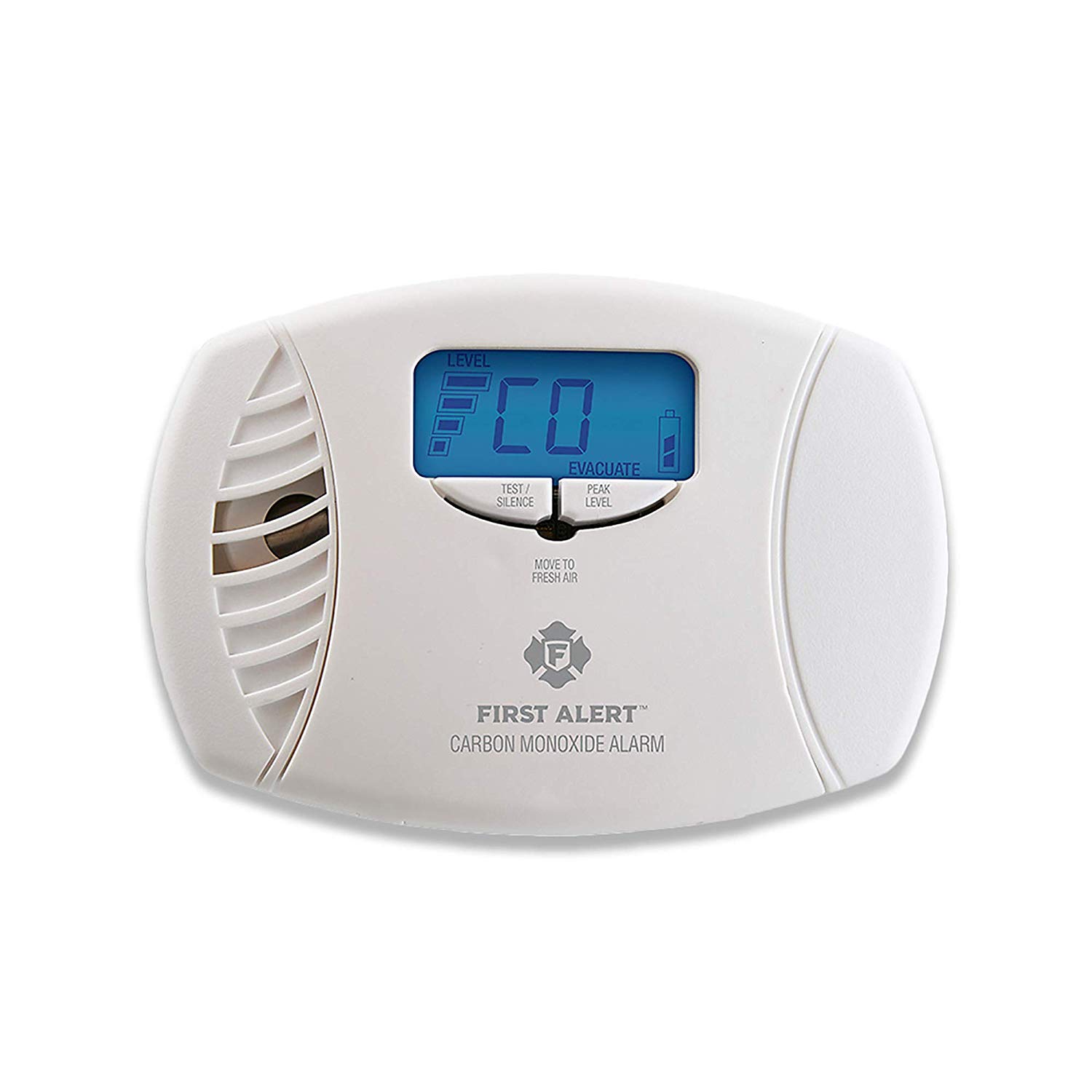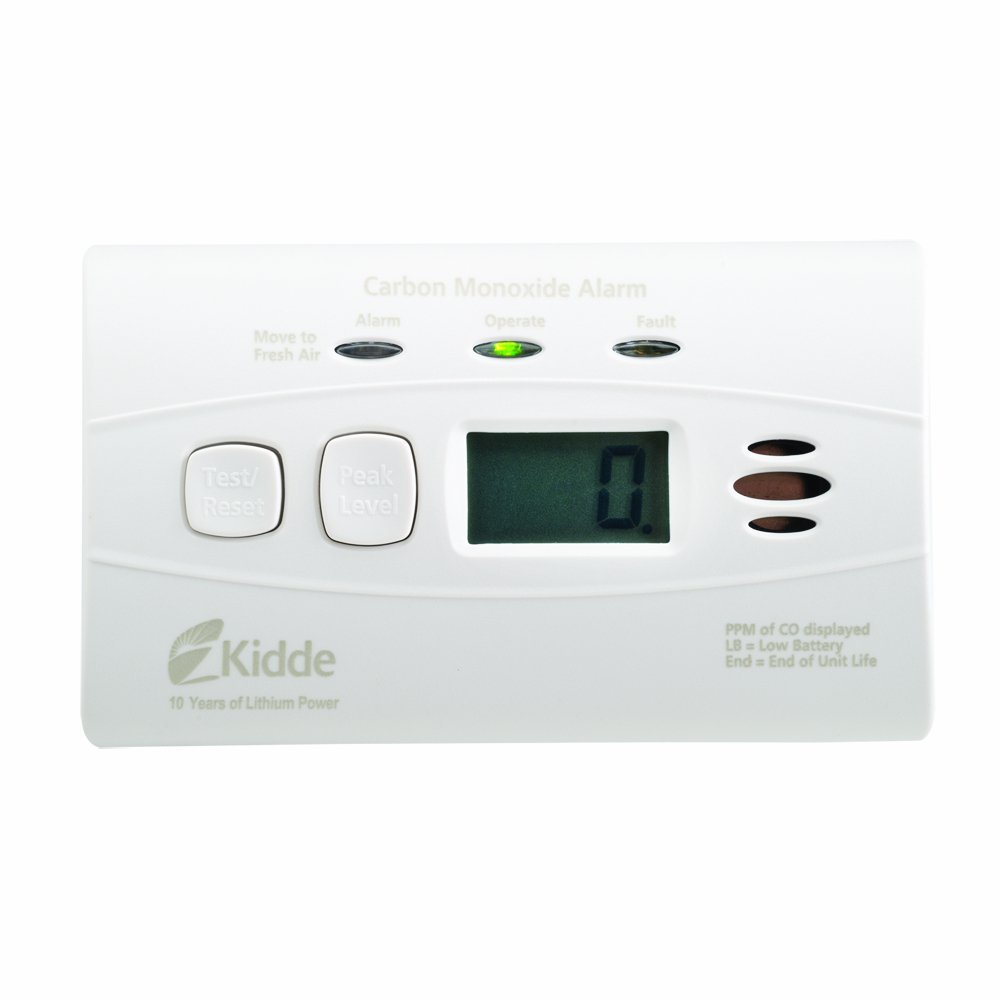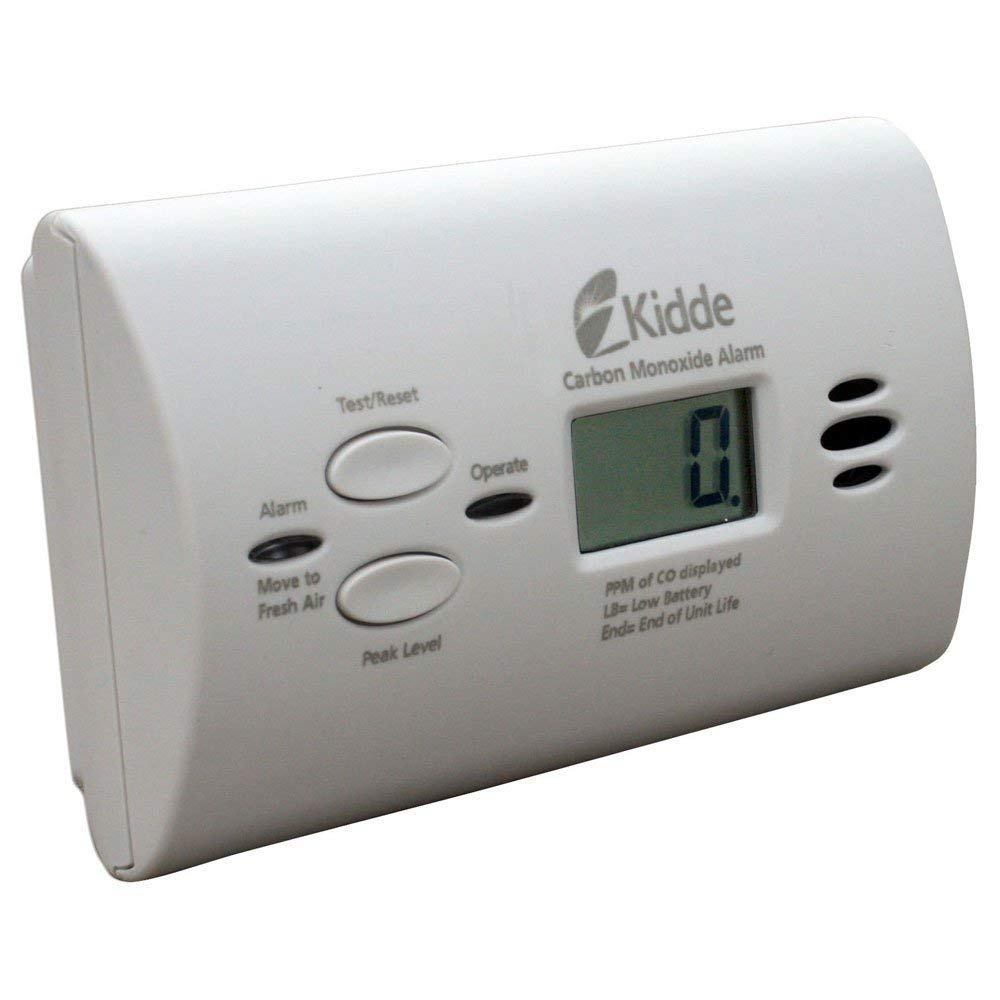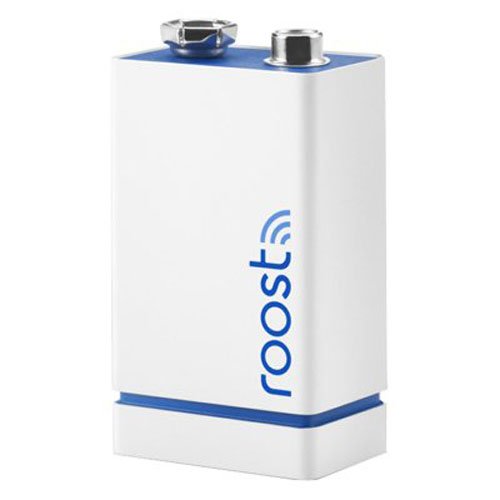Sensorcon Carbon Monoxide Detector
Last updated: April 6, 2019
We looked at the top Carbon Monoxide Detectors and dug through the reviews from some of the most popular review sites. Through this analysis, we've determined the best Carbon Monoxide Detector you should buy.
Product Details
In our analysis of 47 expert reviews, the Sensorcon Carbon Monoxide Detector
placed 7th when we looked at the top 9 products in the category. For the full ranking,
see below.
From The Manufacturer
Carbon Monoxide Inspector Industrial – The Most Industry Leading Intrinsically Safe Portable Carbon Monoxide Detector On the Market! Certified Intrinsically Safe to UL913 for Class I,2,3 Div 1 for explosive hazardous environments. This Detector is designed for home and commercial/Industrial use. Rugged, waterproof, and manufactured in the USA. Our devices are used on a daily basis by professionals in Oil & Gas, HVAC, Water Treatment, Forestry, Home Inspection, and many more professions. This unit offers everything our base Inspector does, but also has a vibrating alarm.*Please note that there will be a 15% restocking fee for units that are returned that are not defective*
Expert Reviews
What reviewers liked
Gives extremely sensitive ppm readings
Alongside the LCD display and beep, it has vibration features to alert you when the CO level from where you are has reached critical levels.
Extremely accurate. A number of users praise the Sensorcon Industrial Pro Carbon Monoxide Detector for its ability to detect CO levels with a 2 ppm margin of error, allowing for very precise measurement of carbon monoxide.
The simple hand-held design and belt clip makes it easy to carry around this detector around your home or a jobsite.
With a visual, audio, and vibrating alarm, you’ll be able to tell if something is wrong no matter where the detector is located.
This carbon monoxide detector is one of the few units available on the market that can detect CO gas concentrations from 0 to 2000ppm.
What reviewers didn't like
Not design for home use (although home use is possible)
It’s a pricey device but definitely worth the price.
Extremely short battery life. Because the Sensorcon Industrial Pro Carbon Monoxide Detector is always on, the battery life is only rated for about two years of use – even less if alarms are turned on.
The two-year battery life is a slight drawback, but its protective case will keep it safe from water, dust, and impact during that time.
The detector is pricey.
From our partners
